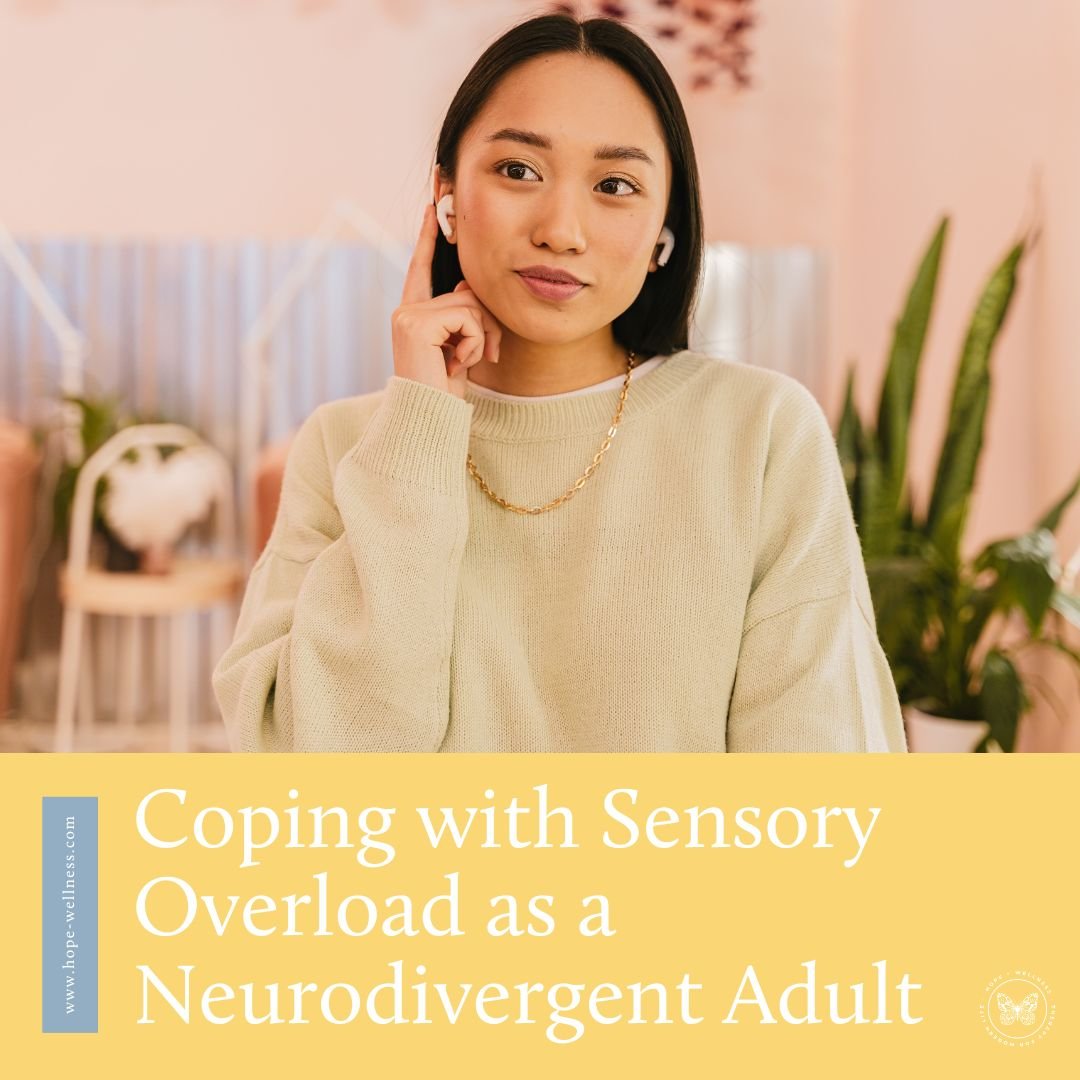Understanding Your Window of Tolerance
Understanding Your Window of Tolerance
Have you ever felt like your emotions were out of control?
One of the most frustrating experiences in life is when your emotions feel out of control and you’re not sure why. It can make you feel disconnected from yourself and unsure of how to feel better. One way to understand what’s happening when your emotions feel out of control is to understand the window of tolerance model, developed by Dr. Dan Siegel. This model helps explain the different zones of functioning we all experience, and how we can work to more effectively regulate our emotions.
Why do my emotions feel out of control?
It can be scary or frustrating when your emotions don’t seem to match up with what’s happening in real life. This can happen for a number of reasons. Sometimes, people have a tough time regulating their emotions or connecting with them at all. It can be scary to feel intense emotions,
Sometimes, we have an intense reaction to something and it’s not always clear why.
It can be hard to remain grounded in the present moment when you’ve experienced trauma. Traumatic memories can be brought on by seemingly harmless triggers, and research shows that our brains don’t know the difference between something happening in the present and recalling a traumatic memory. Even if you rationally know that your trauma is not happening in the present, your brain can’t tell the difference, which can cause extraordinary distress.
One way to help understand what’s happening when your emotions feel out of control is through the window of tolerance model.
We all have ranges, or windows, of what we’re able to tolerate psychologically. In some states of mind, we’re better able to cope and regulate our emotions than others.
The window where you are able to regulate your emotions and stay grounded in the present is called your window of tolerance. In this zone, you experience a balance of hyperarousal and hypoarousal. You’re right in the sweet spot where you’re able to react rationally, regulate your emotions, and cope with what’s going on. If you’ve heard of the fight, flight, freeze or fawn responses, that may help you visualize what happens in the different states of arousal.
Visualizing your window of tolerance
Imagine a thermometer. One of the old school kinds, with a mercury reservoir at the bottom. This thermometer represents our ability to regulate our emotions. At the top, we have hyperarousal, in the middle is your window of tolerance, and down at the bottom is hypoarousal.
What does it feel like outside my window of tolerance?
Hyperarousal is a state where anxiety, racing thoughts, panic, or hypervigilance have taken over. Hyperarousal is also known as the fight or flight response, where our nervous systems give us a boost of energy to flee or fight in the face of a threat. It used to come in really handy when we were hunter-gatherers, but in modern times it can cause a lot of distress.
Hypoarousal, on the other hand, is a state of numbness, dissociation, and disconnection. You may know it as the “freeze” response, which causes you to surrender or shut down. This response is also automatic, from our nervous system when we face a threat of some kind. When you’re in this state, you might feel numb, zoned out, or depressed. You might experience dissociation or feel like you’re not present in your own body.
What does it feel like in my window of tolerance?
The middle section is the window of tolerance - the state where we’re better able to cope. When we’re in our window of tolerance, it’s easier for us to process intense emotional situations. You’re more easily able to access your rational side, which can help with emotional processing and decision making. When you’re in your window of tolerance, you feel calm, alert, relaxed and capable of handling what comes your way. You feel more capable of engaging with others socially or making decisions. You feel at ease instead of on edge, and energized instead of drained.
Moving toward your window of tolerance
Once you recognize that you’re outside of your window of tolerance, you can start taking steps to move toward that more regulated state of mind. If you’re hypoaroused, there are things you can do to increase your state of arousal so you move away from the feelings of numbness and toward feeling like yourself again. The same is true if you’re hyperaroused - there are coping skills you can use to decrease your level of arousal so you feel less panicked and out of control.



Health anxiety is distressing while you're waiting for a diagnosis or other results. Here's how you can cope.